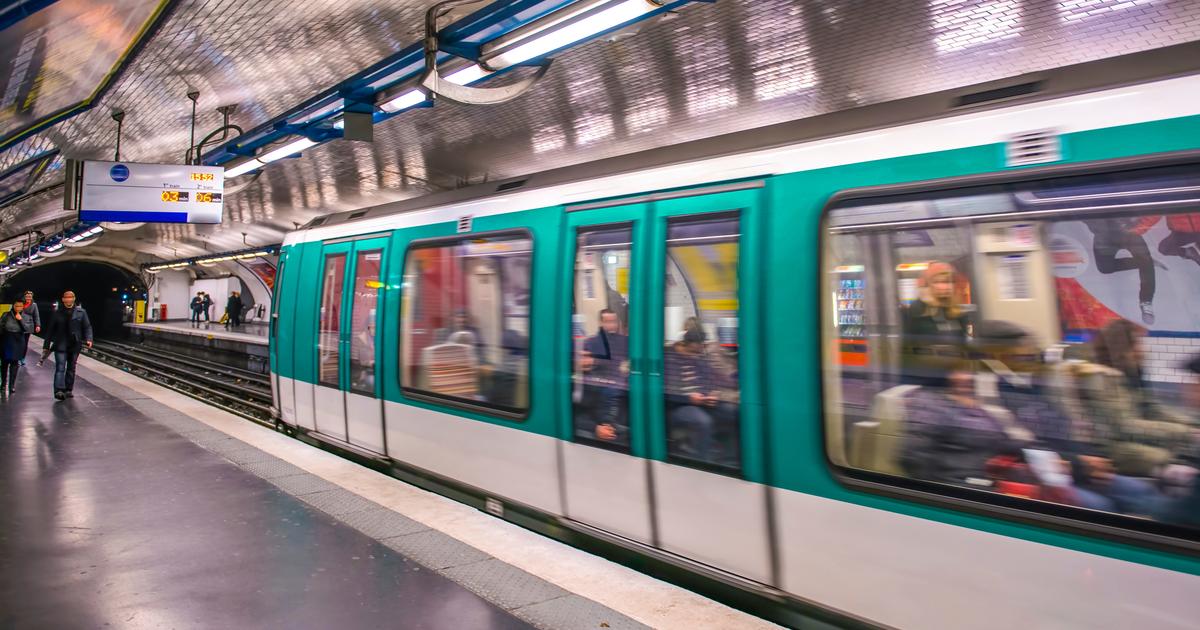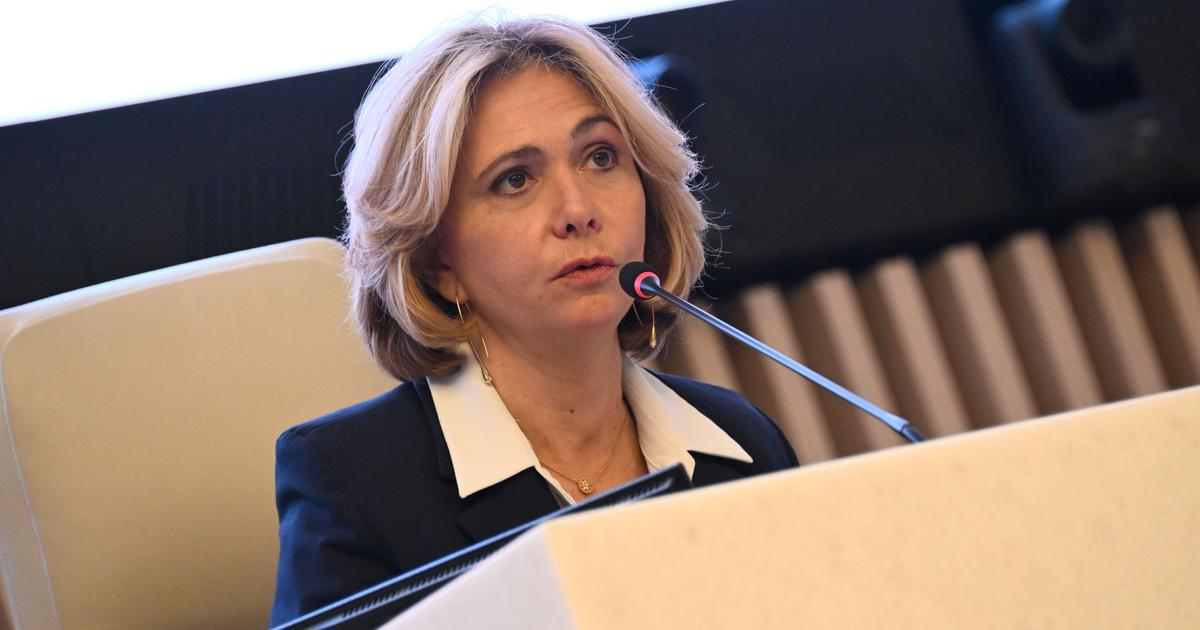Get on a bus, validate your Navigo pass, find a place to sit down then press the requested stop button before getting off.
Automatic gestures, almost ridiculous for travelers.
But when it comes to building one of these vehicles, it takes a long design process before you can actually make it happen.
Read also Polluting buses: it's (soon) over
For some of the Ile-de-France buses, the adventure begins at the foot of the Cévennes foothills, in a factory in Annonay. The manufacturer Iveco is continuing to manufacture 409 biogas-powered buses there, which it must deliver to Ile-de-France Mobilités by 2022. IDFM has indeed set itself the objective of a 100% clean fleet by 2029. And for the less dense area, where the autonomy of electric buses is not sufficient, it has opted for vehicles that will run on biogas.
At the beginning of June, Laurent Probst, Managing Director of Ile-de-France Mobilités, accompanied by Bernard Gobitz, from the Federation of Transport Users, and Alain Fabre, from Adutec, therefore went to the factory of 'Iveco to learn more about the manufacturing steps.
“We asked associations if they wanted to join us, because they can have ideas and identify certain problems, explains Laurent Probst.
The sooner we talk about it, the sooner we can find solutions.
An example: during the renovation of the RER B trains, the users' representatives noticed the bad condition of the scratched windows and suggested replacing them.
The buses arrive at the factory in the form of coils of metal.
Each part is cut and formed on site to constitute the carcass.
Jacky Fontaine
Make way for the visit!
Here, it is in the form of coils of metal that the buses arrive.
Each piece is cut and formed on site.
Then, they are immersed in a bath of chemicals (cataphoresis) to prevent corrosion of the metal.
"It's impressive", the delegation is surprised in front of the carcasses of buses just covered with light blue paint.
The parts then have to be welded: “This is an essential step,” emphasizes Laurent Probst, approaching a workshop.
Otherwise, at the slightest speed bump, some parts of the bus may break.
Behind their helmets, the workers repeat the same gesture for several hours a day.
“We cannot robotize these actions.
The parts are too specific depending on the operators, ”continues the president of Iveco.
Over 4000 parts to assemble for each model
The elements are then mounted on the mechanical chain and then assembled. Some steps require the installation of more than 250 screws! Others take up to fifteen hours. “A single vehicle represents more than 4,000 parts to assemble and more than 1,200 hours of work,” explains Stéphane Fanget, assembly manager. The company also prides itself on having about one position here per vehicle taken out in the year: 1,500 jobs for about the same number of buses built between January and December. "It is a guarantee of quality", assures a member of Iveco. At the end of the chain, the bus is almost ready as if it would immediately leave to circulate in the streets of Ile-de-France. But it still has to undergo technical tests and drive 50 kilometers.
It was then that Alain Fabre and Bernard Gobitz made a sign to Laurent Probst.
A grab bar, located in the center of the bus, poses a problem for them.
It is placed just in front of the two folding seats.
And when the larger of the two sits, his knee bangs.
They demonstrate it.
Silence.
At the end of the assembly line, the bus seems ready to circulate in the streets of Ile-de-France.
But it will still have to undergo technical tests.
Jacky Fontaine
"Oh yes, indeed," observes Laurent Probst.
Can we move it?
he asks the Iveco team.
“The spacings must meet standards.
For now, the only solution if the grab bar interferes with the seat… is to remove the seat, ”explains a member of Iveco.
" Oh no !
», Answer the two associations.
"We are going to watch," promises Laurent Probst.
In 2020, 186 Urbanway CNGs were delivered and 165 units are planned for 2021. Buses with large windows for more light, three doors - including one in the back to better distribute the number of passengers - air conditioning and USB ports.
IDFM is also Iveco's biggest customer.
Ile-de-France vehicles represent 40% of its orders: "You have contributed to our survival at a time when there were nevertheless risks for communities", recognizes Frédéric Lahitte, General Manager of Iveco, who does not hide a certain concern for 2022.
Vehicles labeled "guaranteed French origin"
In a context of crisis, this visit is also an opportunity for Iveco to convince IDFM that it made the right choice and to recall that it is "leader on the French market and the largest employer in Ardèche". Orders are rarer and competition harsher, at a time when France is whetting the appetites of Chinese companies. So in order not to lose the French market, Iveco is multiplying its finery to continue to seduce. The buses are now labeled “guaranteed French origin”.
In addition, with Heuliez, which belongs to the same CNH Industrial NV group, they also shared the technologies. “In view of the strong pressure from research and development, we have stopped competing with each other. We are going to develop the engines and work on hydrogen, for example, ”explains Stéphane Espinasse, responsible for the Iveco Bus brand and president of Iveco France. Iveco on gas, Heuliez on electricity and hydrogen. In 2020, buses using alternative energy to diesel represented more than 70% of production at the Annonay plant.
For their part, IDFM and RATP have just obtained new funding of 27.7 million euros from the European Commission to convert the bus centers. It is in addition to a first aid of 23 million euros. And the work, colossal, is in progress. Currently, the centers of Créteil, Massy and Bussy are totally converted to biomethane, two sites are converted to electricity: Lagny (Paris, 20th century) and Corentin (Paris, 14th century). Work is already underway at six other sites. By 2025, 70% will be in biomethane and 30% in electricity.








